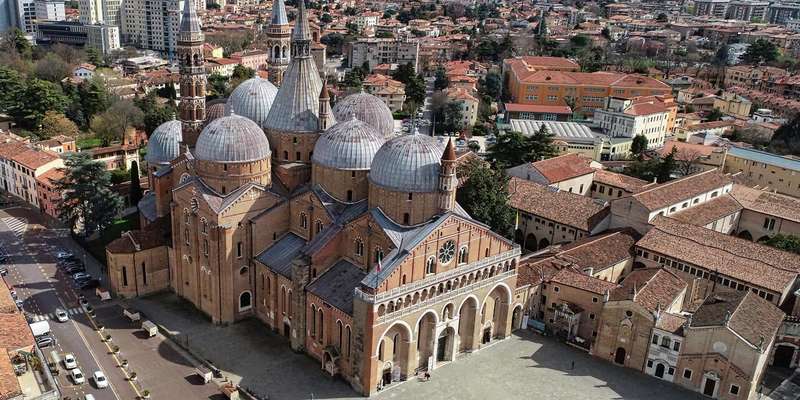- Home
- Useful Tips
- Saving money on Padua's...
Padua's UNESCO-listed treasures and Renaissance masterpieces attract culture lovers, but admission fees can quickly drain your travel budget. Over 60% of visitors to the Scrovegni Chapel report spending more than planned on cultural attractions, while families often face tough choices between must-see sites and financial constraints. The city's decentralized ticket system forces travelers to queue multiple times, wasting precious vacation hours that could be spent exploring hidden medieval courtyards or sipping prosecco in authentic bacari wine bars. This financial and logistical strain turns what should be awe-inspiring encounters with Giotto's frescoes or Anatomical Theatre into stressful calculations, particularly for longer stays when costs accumulate.


Timing your visits for maximum savings
Padua's cultural institutions follow Italy's complex opening hour traditions, but savvy travelers can exploit this to their advantage. Many museums like Palazzo Zuckermann offer free admission on the first Sunday of each month, while university-run attractions such as Galileo's original lecture podium often waive fees during academic events. The Basilica of St. Anthony never charges entry, but visiting after 6:30pm lets you experience the mystical atmosphere with fewer crowds. Locals know that late afternoon visits to Orto Botanico (Europe's oldest botanical garden) provide discounted twilight access during summer months. Even the must-book Scrovegni Chapel has cheaper 19-minute viewing slots if you're willing to sacrifice the standard 40-minute timeslot during shoulder seasons.
Navigating Padua's discount pass maze
Unlike Rome or Venice, Padua offers three competing cultural passes with overlapping benefits that confuse most visitors. The PadovaCard (€16/48hrs) makes financial sense only if you plan to visit the Chapel, Baptistery, and two other major sites. Students with valid ID can access university museums like Palazzo Bo for just €5 through the Ateneo Pass. For art lovers, the cumulative Eremitani Museum ticket (€10) includes four civic museums that many commercial passes exclude. During the September-November period, bookshops sell the 'Autunno d'Arte' voucher giving 30% off at twelve lesser-known venues like the Jewish Museum. Always verify current inclusions as the Comune frequently adjusts partnerships.
Hidden free experiences only locals share
Beyond the obvious free attractions like Prato della Valle square, Padua conceals cultural gems requiring no admission. The University's historic Caffè Pedrocchi hosts free noon concerts in its neoclassical halls every third Wednesday. Knowledgeable nonnas gather at 11am daily in the Santo piazza to explain the Basilica's exterior biblical reliefs to anyone who asks politely. The medieval Mercato Underpass displays excavated Roman artifacts behind glass panels along its entire length. For contemporary culture, FISM bookshop offers free aperitivo with author readings Thursday evenings. Even the heavily monetized Scrovegni Chapel experience has a free alternative - the adjacent Chiesa degli Eremitani contains Giusto de' Menabuoi frescoes nearly as impressive as Giotto's, with barely any visitors.
Strategic accommodation for cultural access
Your hotel location significantly impacts Padua sightseeing costs. Staying within the ancient walls means all major sites become walkable, eliminating transport expenses. Several convents like Casa del Pellegrino offer simple rooms at €50/night with privileged Basilica access. The tourist office's 'DormiArte' program partners with B&Bs to include museum passes in room rates. Budget-conscious travelers should target the Arcella district - though slightly north, its affordable apartments sit near tram line stops that deliver you to cultural hubs in 12 minutes. University guest rooms (available summer weekends) provide keys to normally restricted historic courtyards. Always ask about 'resident rates' - many Padua hotels have unpublished deals with nearby attractions.



